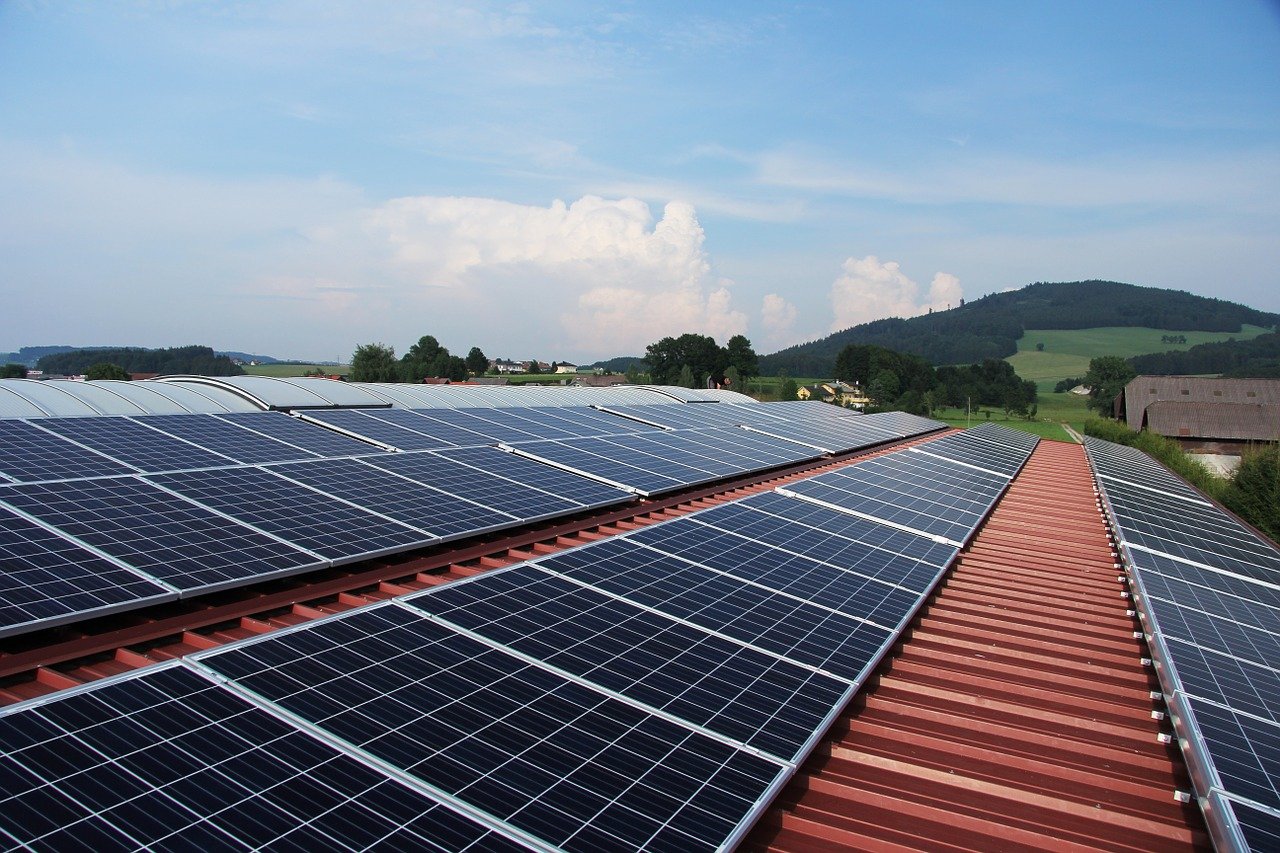Currently, silicon dominates solar panel production with its 22% efficiency, converting just one-fifth of sunlight into electricity due to limited wavelength absorption. Despite its 70-year history, silicon cell technology has seen minimal progress, coupled with expensive and energy-intensive production methods.
Enter Perovskite: A Potential Game-Changer in Solar Cell Technology
In the race to advance solar cell technology, scientists are turning their attention to perovskite—a synthetic semiconducting material with the potential to surpass the efficiency of today’s silicon panels while also reducing production costs.
Scientists have been experimenting with tandem solar cells, combining perovskite and traditional silicon cells to leverage their complementary absorption spectra and potentially boost efficiency by over 50%. However, a significant hurdle in scaling up production lies in the intricate process of coating the semiconductor onto glass plates, fundamental components of solar panels.
Engineers Unveil Innovative Manufacturing Method for Perovskite Cells
After a decade of dedicated research in perovskite technology, a team led by researchers from the University of Colorado Boulder has introduced a groundbreaking method for producing perovskite cells. This advancement holds the potential to drive down costs and enhance efficiency, paving the way for widespread adoption in various applications including home, automotive, marine, and drone power systems.
DMAFo: Enhancing Efficiency and Stability in Perovskite Cells
Researchers have found that introducing dimethylammonium formate (DMAFo) into perovskite solutions not only prevents oxidation, enabling ambient air coating, but also enhances cell stability. This advancement results in perovskite cells achieving efficiencies approaching 25% on their own.
Moreover, the study revealed that perovskite cells treated with DMAFo retained 90% of their efficiency after exposure to LED light mimicking sunlight for 700 hours, while cells without DMAFo degraded significantly after only 300 hours under similar conditions.







